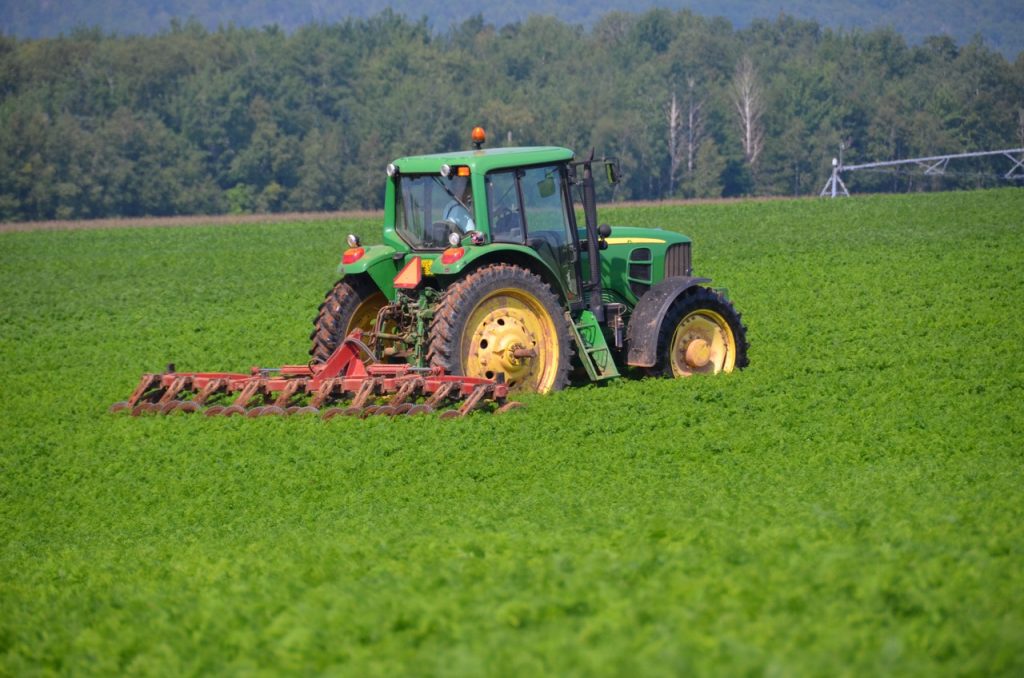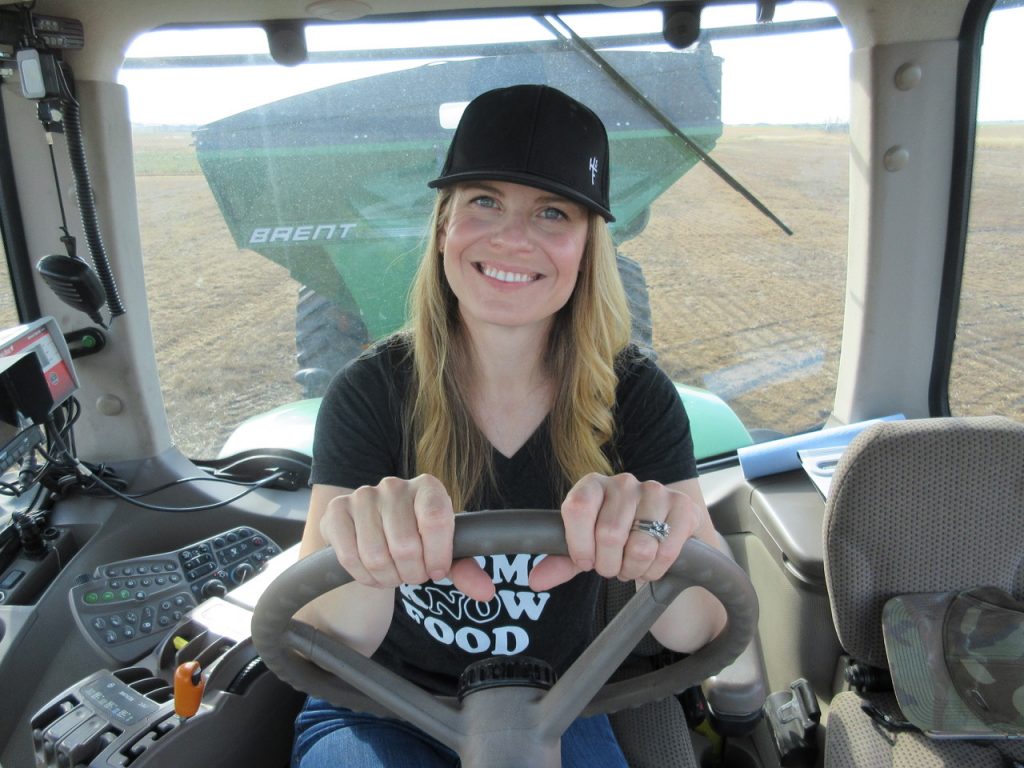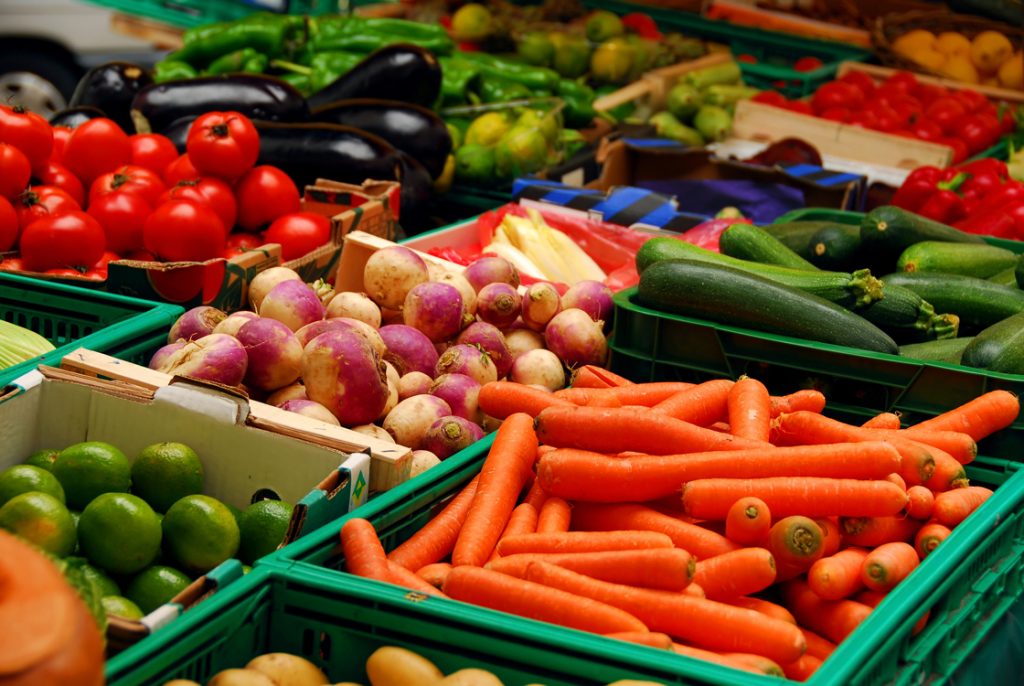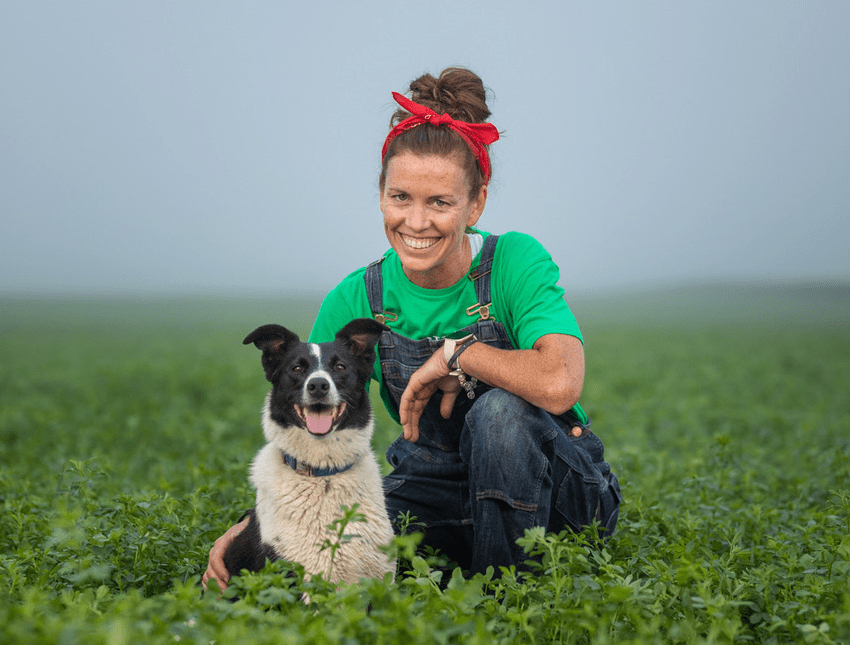Stakeholders Throughout the Entire Food Supply Chain Must Collaborate to Overcome Challenges
When the COVID-19 pandemic hit Canada in March, restaurant owners and farmers alike had to quickly adjust to meet the changing needs of Canadian consumers. Many restaurants had to close or pivot strictly to takeout. This transition greatly affected the amount of produce, meat, and dairy products that Canadian farmers could sell. Now that restaurants are open for dine-in meals, what can the hospitality industry expect from Canadian food supply chains through the fall and winter?
Recently, Farmwork to Feed Canada spoke with Canadian farmers and agricultural organizations to determine what restaurant operators and chefs can expect in the coming months and what they can do to support producers during the COVID-19 crisis.
Labour Shortages
Each agricultural sector is facing unique
challenges as a result of the global pandemic. In the produce sector, the
biggest effect of COVID-19 has been a labour shortage. Farmers have struggled
to obtain the valuable help they need to tend to crops. Says Marlene Huntley,
the executive director at Horticulture Nova Scotia: Temporary foreign workers
are a skilled workforce. The labour shortage this year may result in a slightly
weaker supply chain than normal, Huntley predicts.

Joseph Sbrocchi, the general manager for Ontario Greenhouse Vegetable Growers, agrees. Produce from Ontario greenhouses is not in short supply, but labour shortages may cause higher food prices in the future, he says.
Recently, The Grower reported that traditionally, between 1,500 and 2,000 young Quebeckers journey to British Columbia’s fruit country each year, but only about half that number came in 2020. Worse yet, only 6,400 temporary foreign workers from Mexico and the Caribbean arrived in B.C. this year compared to about 10,000 workers a year ago.
COVID Outbreaks
While fruit and vegetable farmers grapple with smaller workforces this year, the livestock and poultry sectors face supply and demand challenges. In addition to a reduced demand for beef from restaurants, COVID-19 outbreaks in livestock processing facilities delayed scheduled harvests of Canadian beef, says Duane Ellard, director of channel marketing at Canada Beef.
In light of processing interruptions, beef farmers had to shoulder the cost of feeding their herds longer than expected. The reduced demand coupled with processing delays and unforeseen costs have significantly affected the profitability of Canadian beef operations, says Ellard.
Fluctuating Consumer Demand
The dairy industry has also faced challenges during the pandemic. As a result of restaurant closures, producers saw a shift in demand for milk and other dairy products, says Luc Chabot. He is the director of business stakeholder relations for Dairy Farmers of Canada.
Dairy cows need to be milked daily. So, to reduce the domestic milk supply to meet the lowered needs of consumers, farmers and other agricultural stakeholders needed to respond quickly.
“A cow can’t be turned off like a tap,” says Chabot. “They need to be milked regularly for their own comfort and health and since milk is highly perishable, it needs to be (processed) right away.”
To manage the surplus, processing plant
staff transformed fluid milk into less perishable products such as cheese and
butter. Dairy Farmers of Canada advocated for the federal government to allow
increased reserves as a solution to absorb milk surplus.

Poultry farmers have also faced a decreased demand for their products. The food service sector represents 40 per cent of all Canadian-raised chickens, says Lisa Bishop-Spencer, the director of brand and communications at Chicken Farmers of Canada.
In response to restaurant closures, Canadian chicken farmers had to work together to adjust their flock sizes, she adds.
o, what can restaurant business owners and chefs do to help support Canadian farmers following the disruptions caused by COVID-19?
Restaurants should continue to showcase Canadian ingredients in their menus, says Bishop-Spencer. Indeed, the majority of consumers trust food grown in Canada more than they trust food produced elsewhere in the world, says a 2019 Canadian Centre for Food Integrity public trust report.
Farmers would like restaurateurs to capitalize on this sentiment by helping consumers understand how food travels from farmgate to dinner plate.
Restaurants can help with this task by including producer organization logos on their menus. For example, Chicken Farmers of Canada has its “Raised by a Canadian Farmer” label and Canadian dairy products are marked with the blue cow logo.
“These logos assure (consumers) that they are supporting Canadian farmers” and that their food is of high quality, says Chabot.
Perhaps the most important step restaurant
operators and chefs can do to support Canadian farmers is to establish direct
partnerships. Restaurant owners “can buy directly from farmers and they can
tailor their menus to what’s in season,” says Huntley.

“If (chefs) have special requests, they can communicate with farmers (who) may be able to grow what the restaurant needs.”
Indeed, farmers can provide fresh products to restauranteurs who want to feature local cuisine. “While buying local (food) might be more challenging (in the winter months), tomatoes, peppers and cucumbers are available … virtually year-round (because of) Ontario’s greenhouses,” says Sbrocchi. “Restaurant owners could partner with greenhouse farmers to include these items in their menus.”
Sandi Brock would also like to see more collaboration between restaurant operators and farmers. “Restaurant (owners) and farmers are the ultimate partners,” Brock says. “We are both so passionate about food; it is literally our lifeline.”
Brock, alongside her husband Mark and their two kids, Jack and Jessica, manages a 1,500-acre farm north of London, Ont. The family grows wheat, soybeans, white beans, black beans, and winter canola and they raise a flock of about 400 sheep.
She empathizes with restaurant operators and chefs. “My heart goes out to restaurant owners right now, because (they), in a lot of ways, are very similar to farmers,” she says. “We have to work with what is given to us.”
Lesley Kelly would like to see restaurants highlight Canadian farmers’ capacities to produce diverse crops across the country. “Canada has such a wide range of products” available throughout the year, she says. “From the canola that we grow on our farm, to beef from Alberta, to potatoes from P.E.I.”
Kelly is a farmer, marketer and mental health advocate who lives in central Saskatchewan. Her family grows wheat, canola, barley, lentils, and canary seed. She would also like to see business owners share accurate agricultural information with their customers. In Canada, “98 per cent of farms… are family-run. Some (farms) are big and some are small, but most of them” involve family members, Kelly notes.









